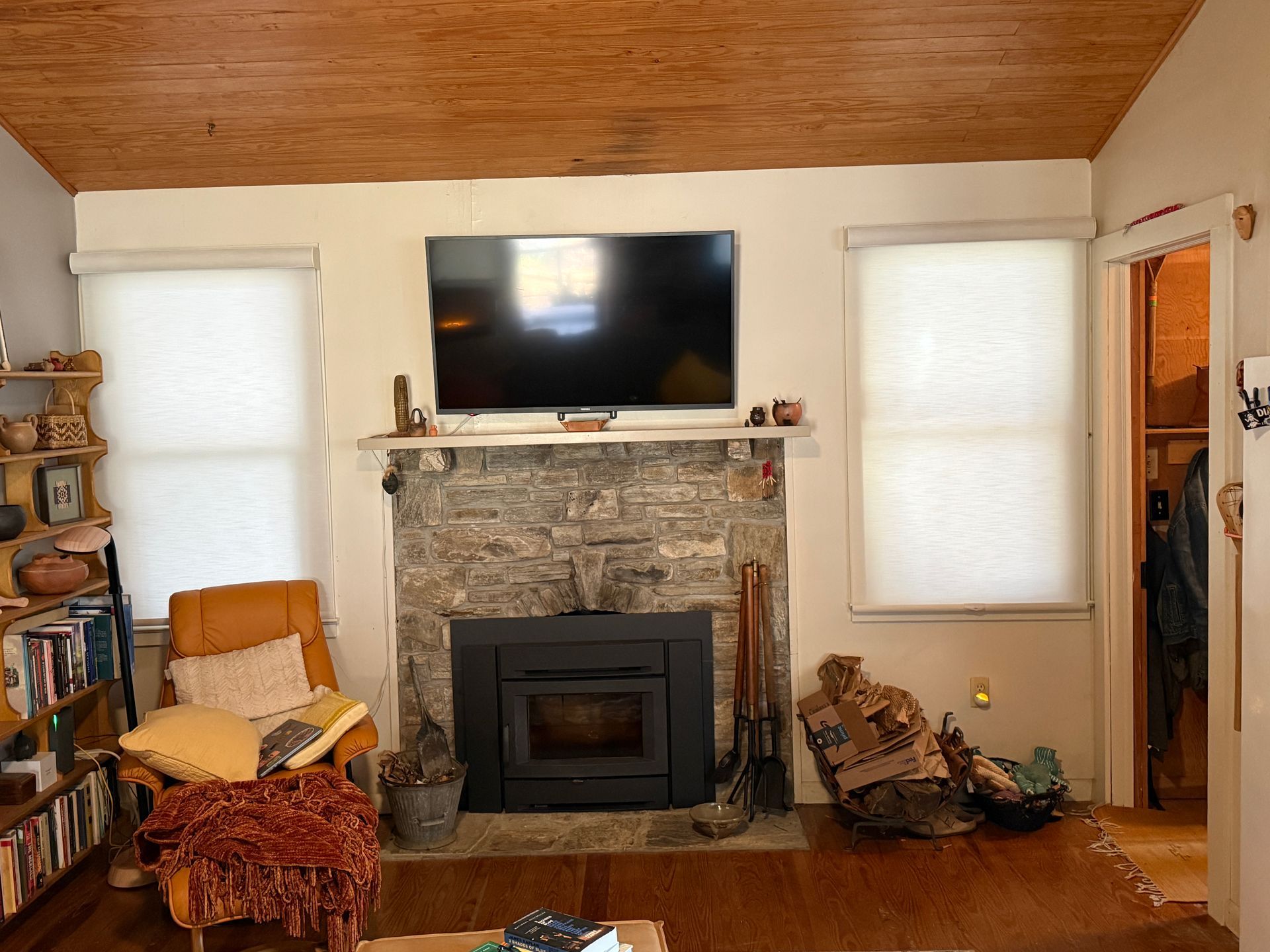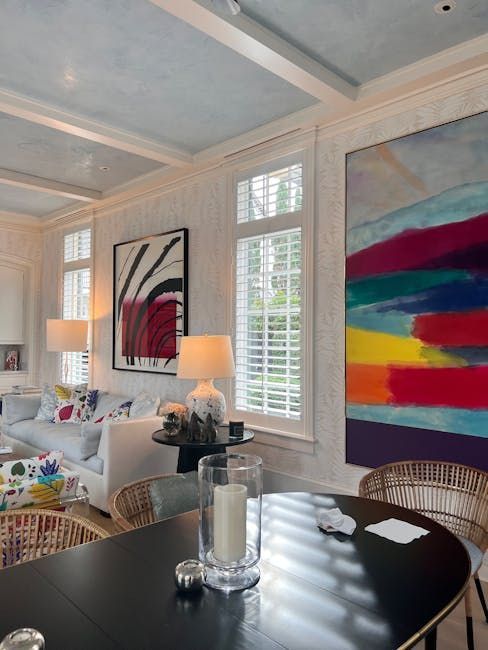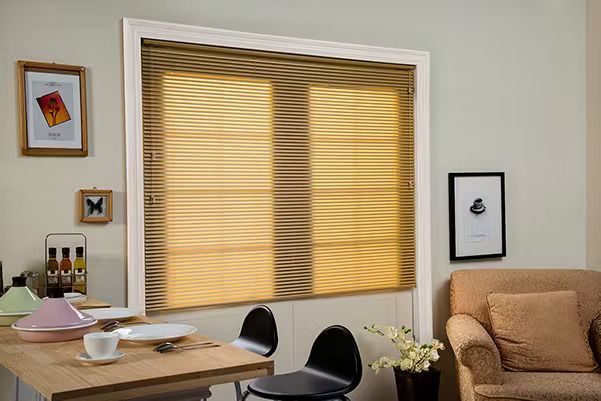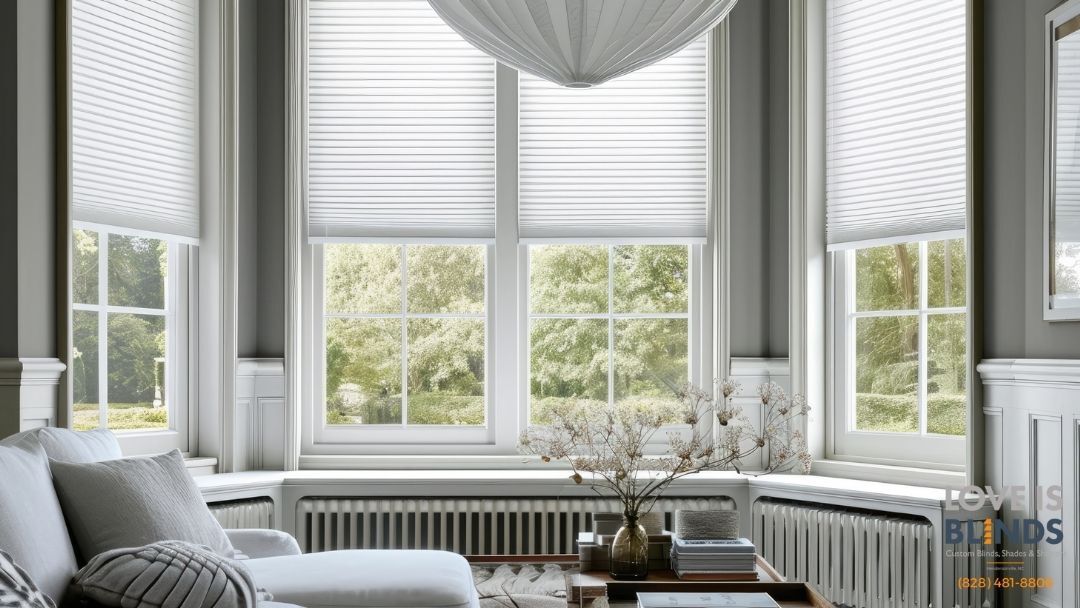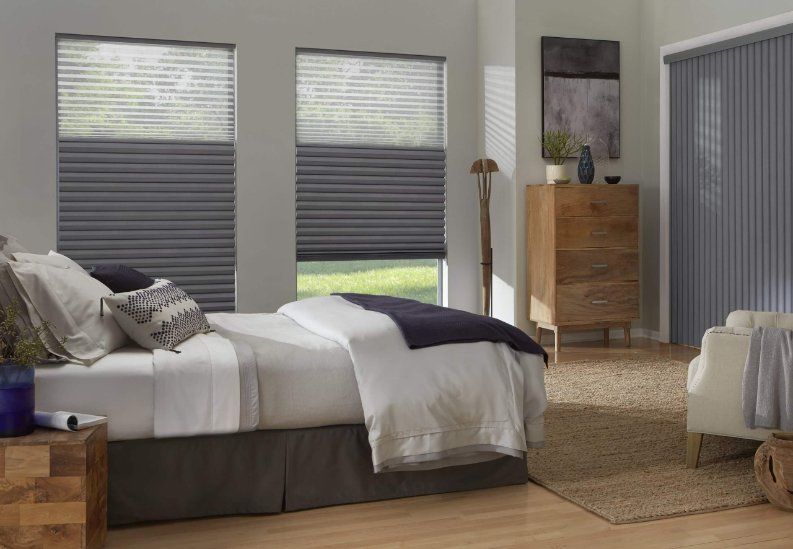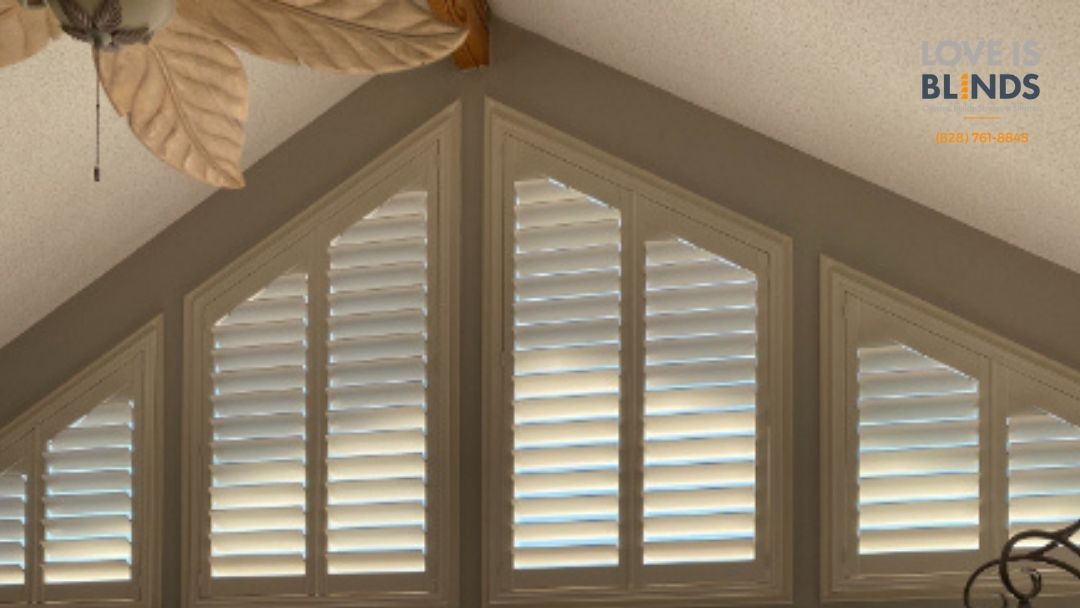The Complete Guide to Layering Blinds with Curtains for Style and Function
The Complete Guide to Layering Blinds with Curtains for Style and Function
TLDR;
Layering blinds with curtains gives you better light control, privacy, and energy efficiency while elevating the style of your space. By pairing the right blinds and curtains with proper
installation, you achieve a functional and visually appealing result that works in any room.
Why Layer Blinds with Curtains
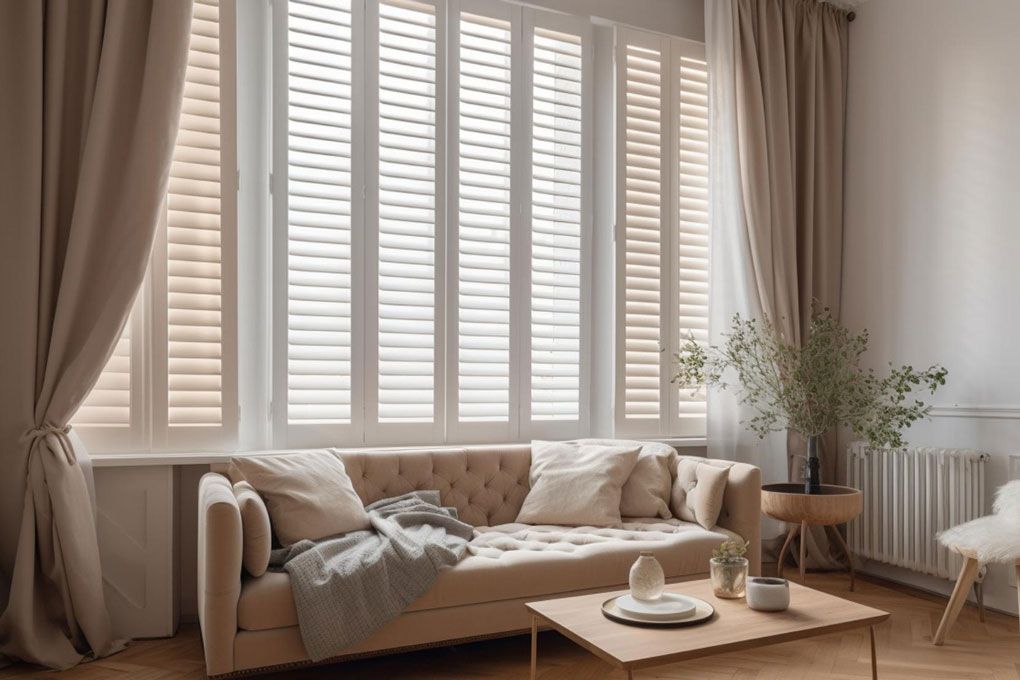
Layering blinds with curtains improves the look and performance of your window treatments. The benefits are immediate and noticeable.
- Enhanced light control by adjusting each layer independently
- Increased privacy without sacrificing natural light
- Improved insulation to help maintain room temperature
- Noise reduction for a quieter environment
- Depth and dimension to make windows stand out
From a design perspective, combining blinds and curtains offers more flexibility. You control the mood, tone, and atmosphere of a room while still meeting practical needs.
Love Is Blinds NC has seen this approach transform living spaces by making them both comfortable and visually balanced.
Choosing Your Base Layer: Blinds or Shades
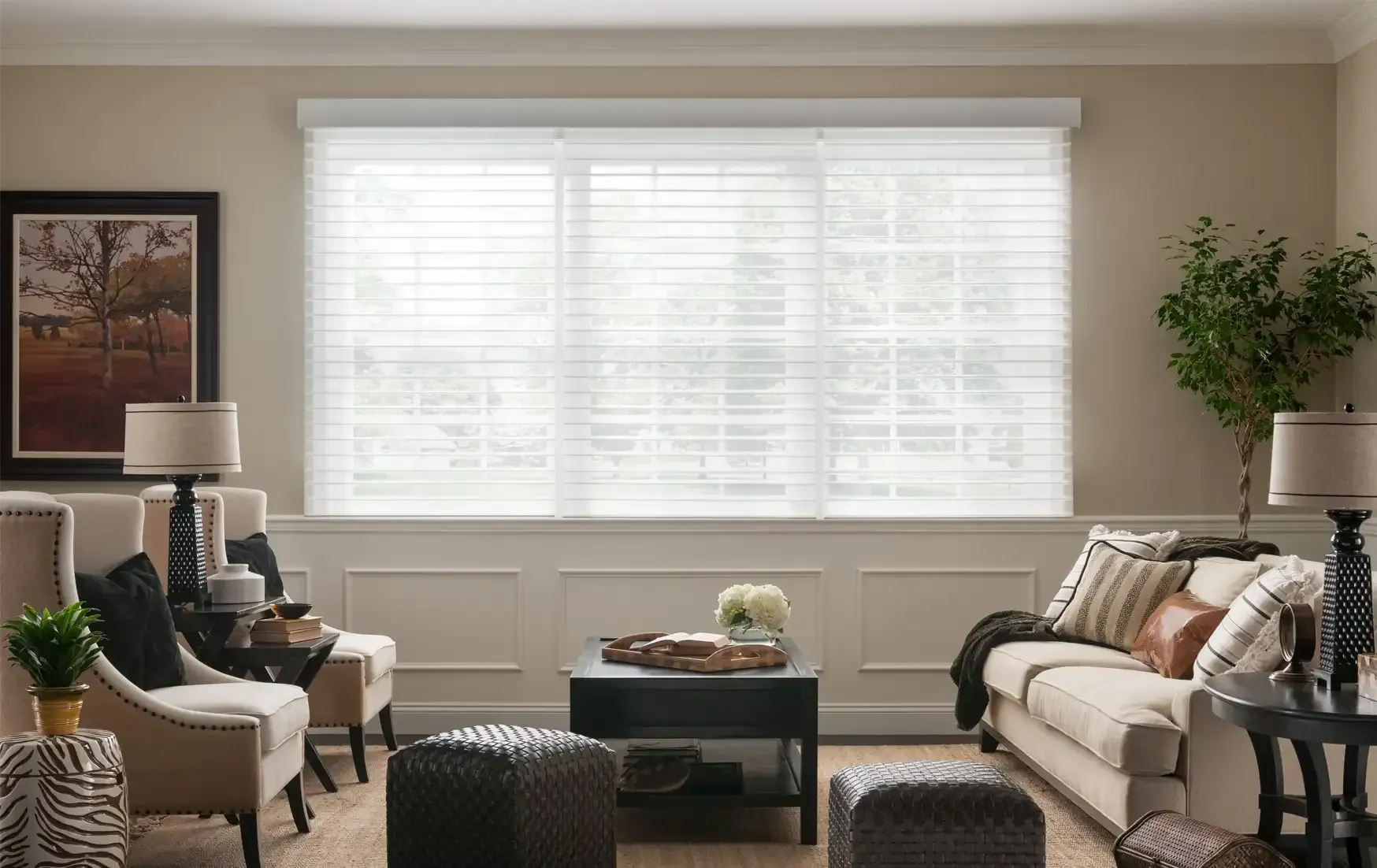
Your blinds or shades form the foundation of the layered look. The choice depends on your style preferences, budget, and functional goals.
Popular Blind and Shade Options
- Wood blinds: Warm, natural feel that pairs well with heavier curtain fabrics
- Faux wood blinds: Moisture-resistant, great for kitchens and bathrooms
- Roller blinds: Sleek, minimal look, ideal for modern spaces
- Cellular shades: Excellent insulation due to honeycomb structure
- Roman shades: Soft folds add elegance
- Bamboo or woven wood blinds: Eco-friendly, textured appearance
Placement Tips
- Inside mount creates a clean, flush look
- Outside mount can make windows appear larger
- Ensure the blinds fit securely without gaps to prevent light leaks
Eco-conscious clients often choose bamboo or woven wood blinds for their sustainable qualities. Pairing them with lightweight linen curtains creates a natural, breathable aesthetic.
Selecting Curtain Types to Pair with Blinds
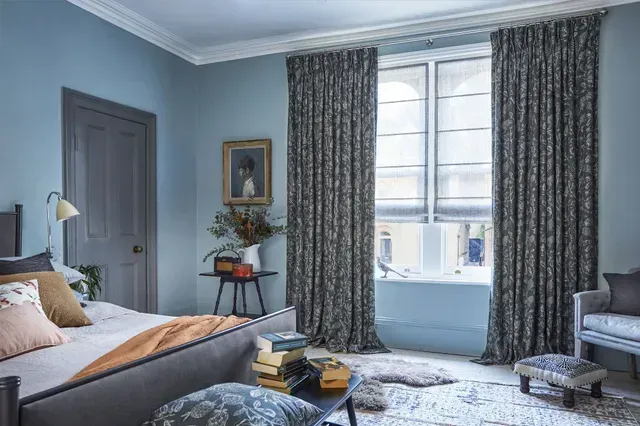
Curtains complement the blinds and set the tone for the room. Selecting the right type is critical for achieving the desired balance of function and style.
Common Curtain Types
- Sheer curtains: Soften light, provide privacy without blocking views
- Blackout curtains: Block light completely, ideal for bedrooms and media rooms
- Thermal curtains: Add insulation to regulate temperature
- Velvet curtains: Luxurious and heavy, perfect for formal spaces
- Linen curtains: Light and airy, great for casual and coastal designs
Matching by Room
- Bedroom: Blackout curtains with roller blinds for total darkness
- Living room: Sheer curtains over wood blinds for elegance and light control
- Kitchen: Café curtains with faux wood blinds for a fresh, clean look
- Bathroom: Moisture-resistant blinds with lightweight polyester curtains
Pairing patterns with solids can create visual interest. If blinds are patterned, choose solid curtains, and vice versa. Always coordinate hardware finishes with the curtain style for a cohesive look.
Hardware and Installation Tips
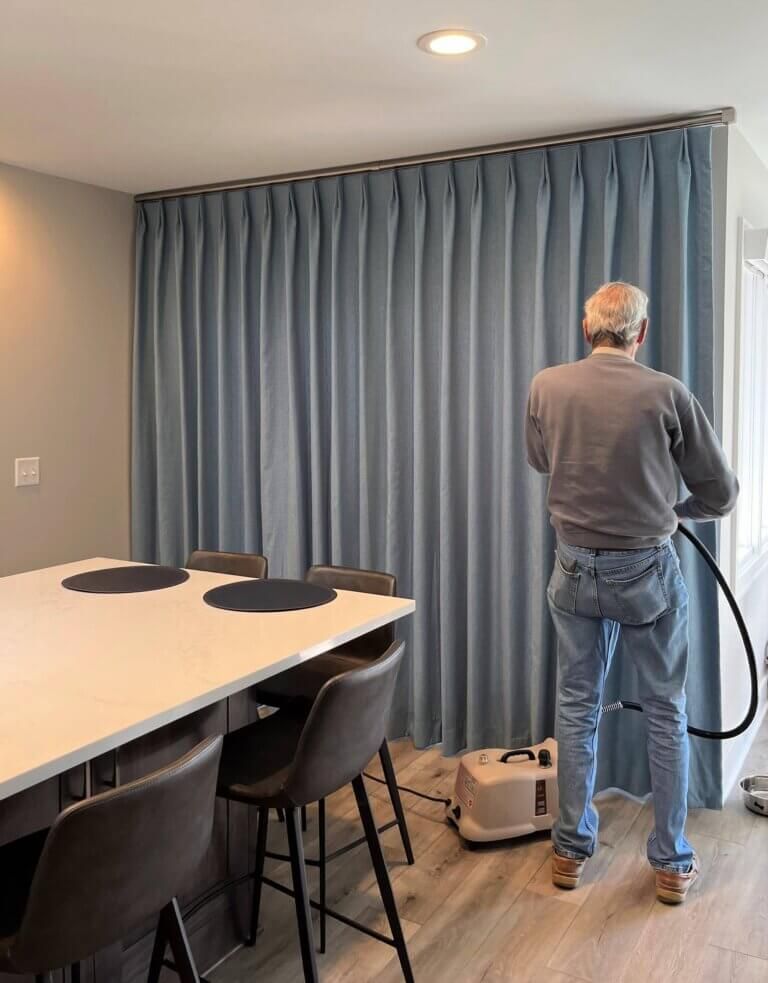
The hardware setup determines how seamless your layered window treatments look.
Mounting Methods
- Double curtain rods: Allow blinds and curtains to operate independently
- Adjacent mounting: Blinds inside the frame, curtains above and outside the frame
- Tension rods: Ideal for rental properties, no drilling required
Additional Hardware Elements
- Valances and cornices: Conceal hardware and add decorative flair
- Tiebacks and holdbacks: Keep curtains neatly arranged when open
Weight capacity is important. Heavy curtains require sturdy rods and secure brackets. For rentals, tension rods or removable adhesive hooks prevent damage to walls. If you're unsure about setup or want the cleanest results,
professional blinds installation ensures everything is properly aligned, secured, and styled for both safety and aesthetics.
Design Pairing and Harmony
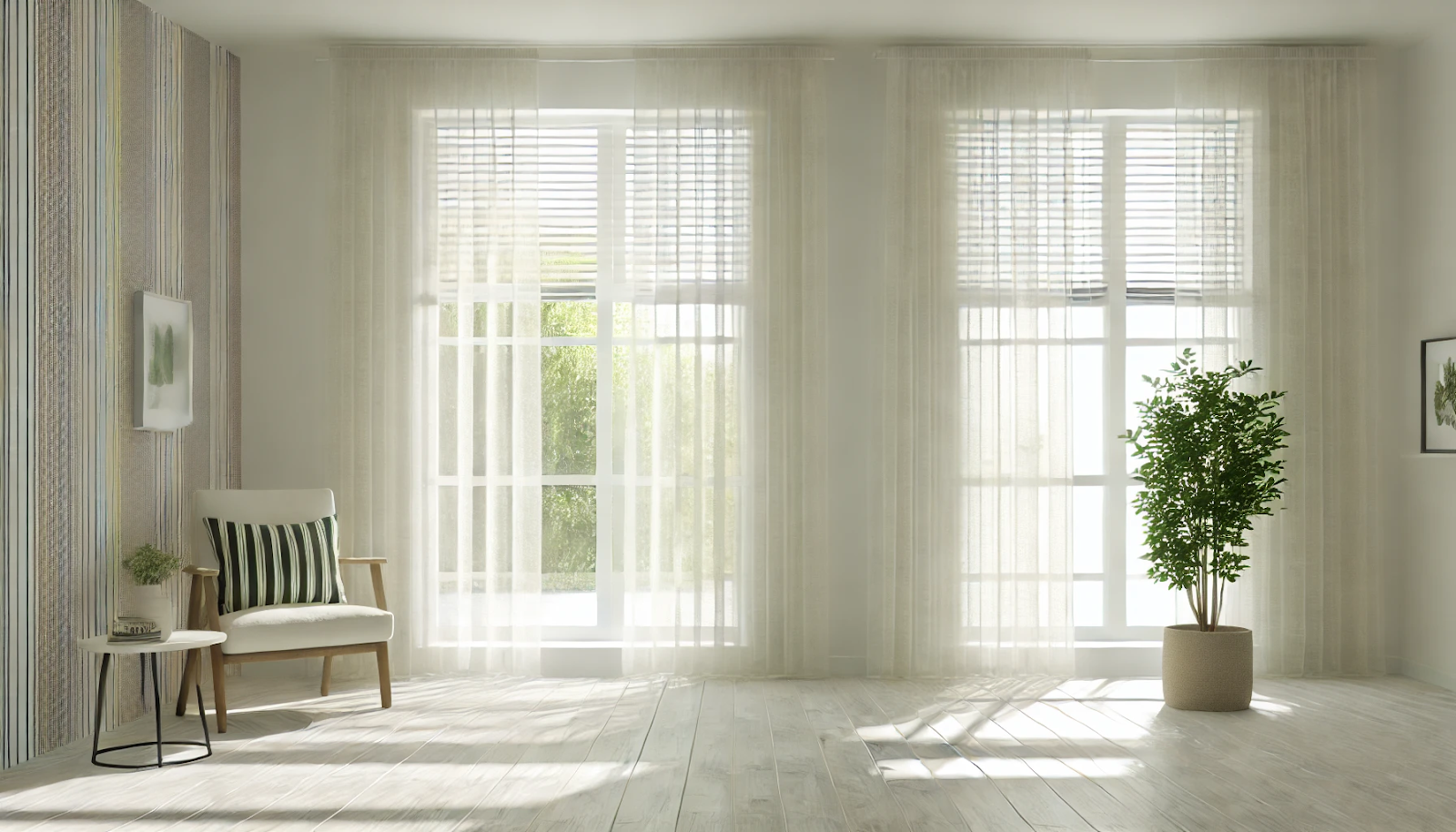
Good design pairing blends both layers into one harmonious look.
- Contrast: Pair hard materials like wood blinds with soft fabrics like linen curtains
- Cohesion: Match curtain colors with existing decor for a unified design
- Texture blending: Combine smooth roller blinds with textured drapes for depth
Some designers recommend intentional mismatching for a lived-in, evolving space. For example, neutral blinds with bold patterned curtains can refresh the look without replacing the base layer.
Creative Styling Examples
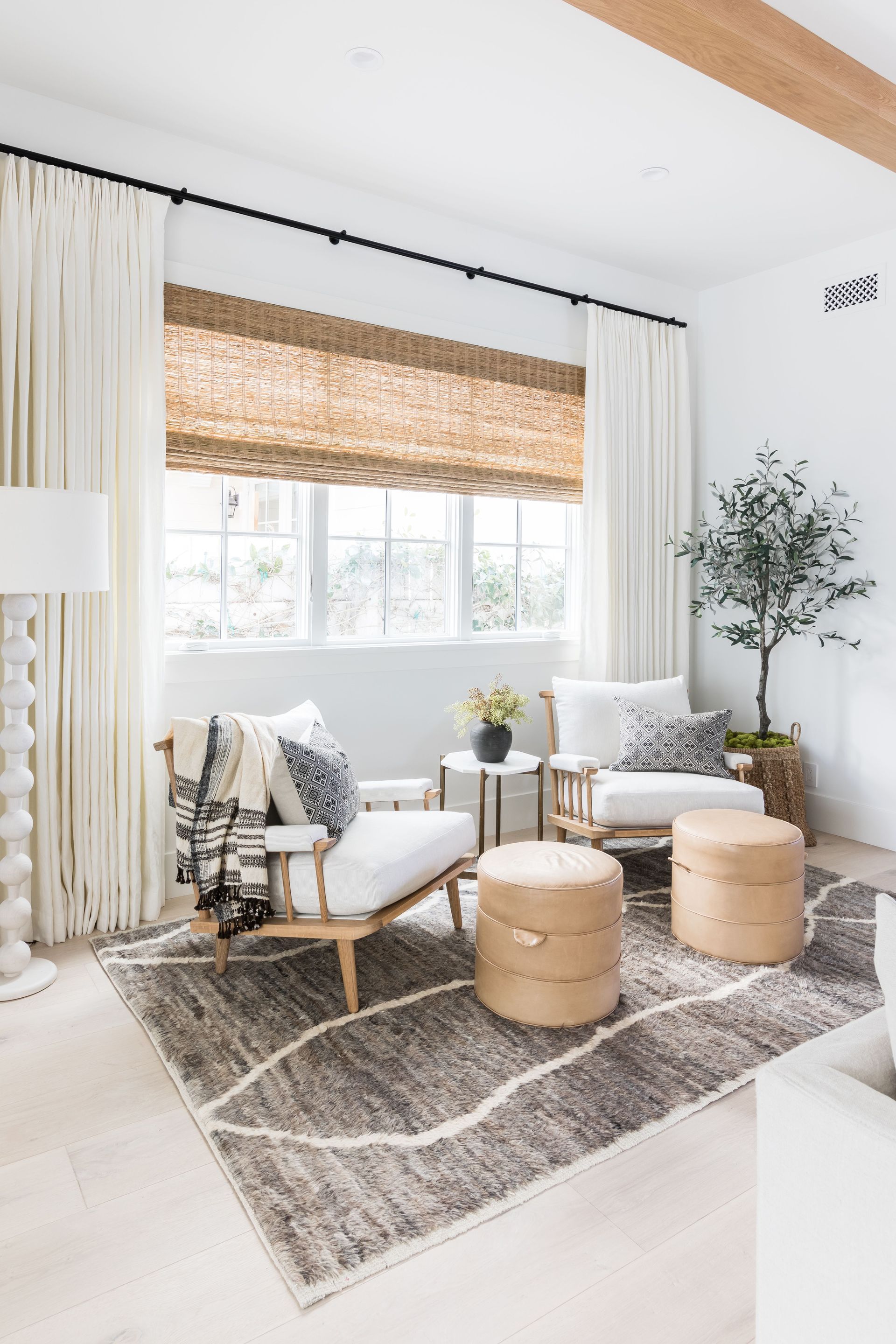
Practical examples make it easier to see how layering works in real homes.
Room-by-Room Combinations
- Living room: Sheer curtains with wood blinds for warmth and light control
- Dining room: Velvet curtains with bamboo blinds for formal yet natural appeal
- Bedroom: Thermal curtains with cellular shades for comfort and darkness
- Home office: Linen curtains with roller blinds for a clean, professional look
- Nursery: Blackout curtains with Roman shades for naps and softness
Seasonal Adjustments
- Swap lightweight curtains for heavier fabrics in winter
- Change colors or patterns to reflect seasonal decor themes
Small updates like changing tiebacks or adding a valance can refresh the space without replacing all layers.
Maintenance and Practical Advice
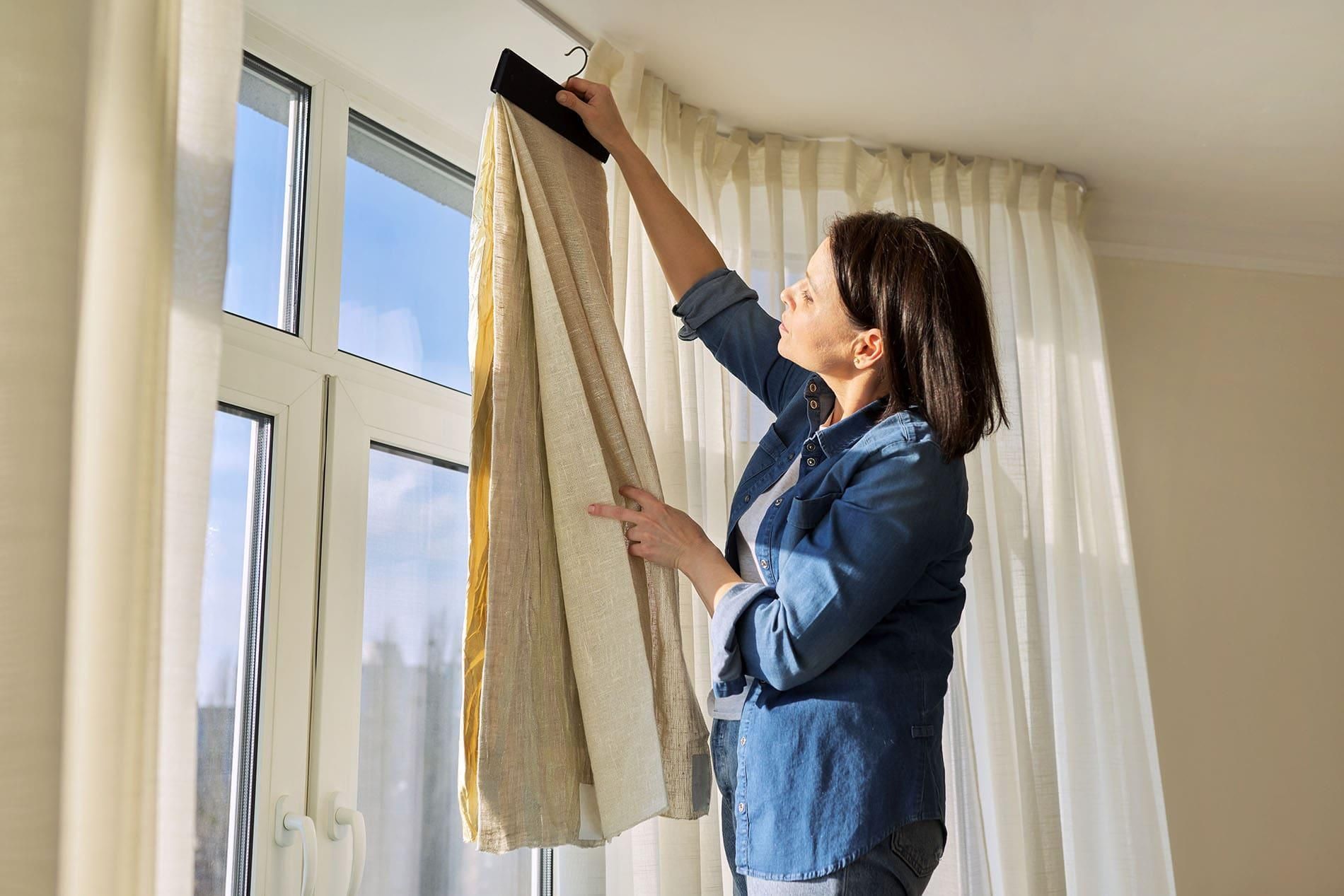
A layered setup needs regular upkeep to stay looking good and functioning well.
Cleaning Guidelines
- Blinds: Dust weekly with a microfiber cloth, deep clean seasonally
- Fabric curtains: Vacuum with a brush attachment or wash according to fabric care instructions
- Hardware: Tighten screws and check for wear periodically
Regular maintenance prevents build-up of dust and allergens. For households with pets or allergies, more frequent cleaning may be necessary.
Refresh Without Replacement
- Swap out curtains while keeping the same blinds
- Change curtain rods or finials for an updated style
- Add or remove tiebacks to adjust the overall appearance

